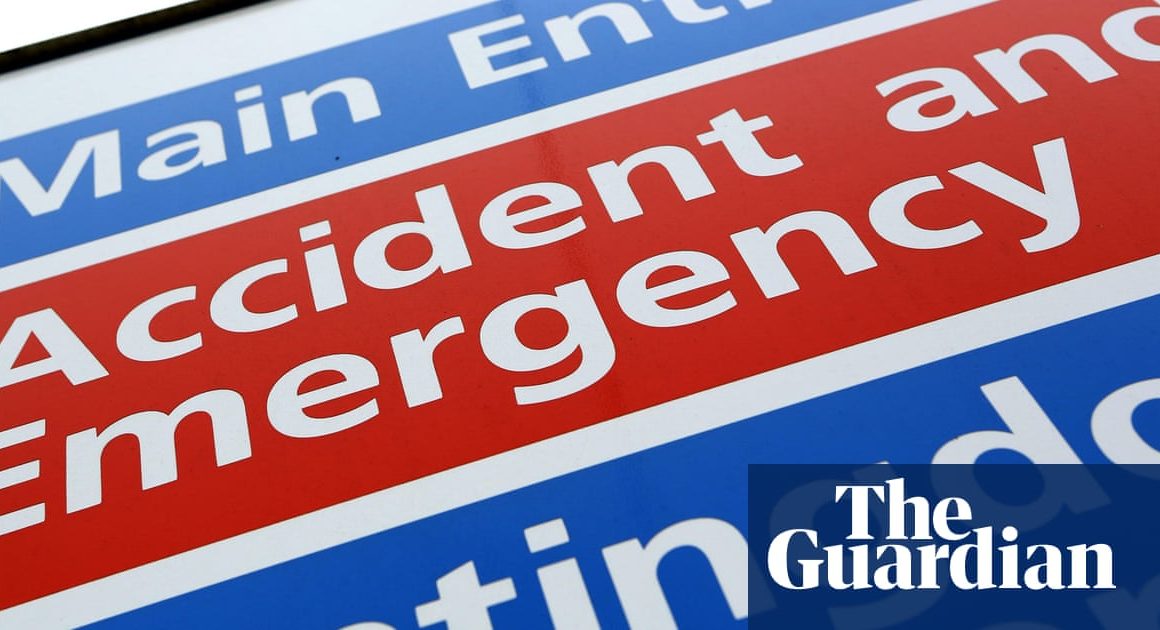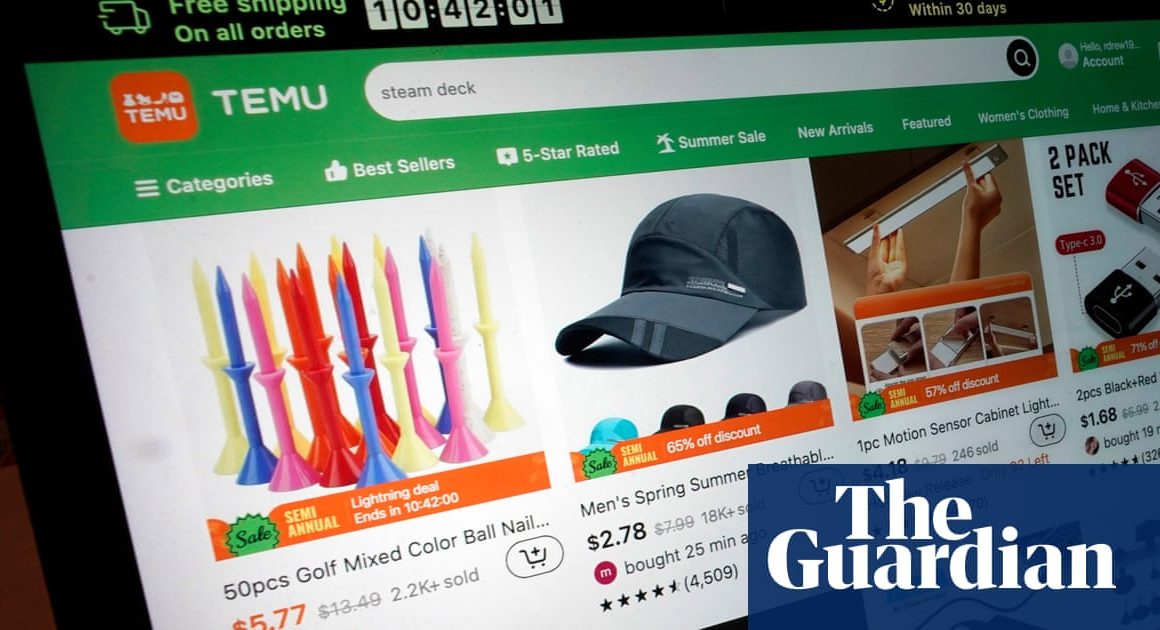Here is an absurdly mean-minded way to view Next’s advance towards annual profits of £1bn this financial year: since the retailer achieved almost half a billion (£498m) as long ago as 2008, merely doubling over 17 years is not other-worldly. The annual compound rate of improvement works out at only 4%.
But that perspective would plainly be ridiculous for at least two reasons. First, Next, like everyone else, had to deal with the long recession after the financial crash and then the global pandemic; the retailing landscape was littered with the bodies of those who didn’t make it – BHS, Debenhams and more. Or look at the contrast with Marks & Spencer, which hit the £1bn mark in 2008 and has never seen it again. Even with M&S in recovery mode, Next is the bigger company by far these days in terms of stock market value – £13bn plays £7.5bn.
But a second reason is more important for shareholders: the improvement in Next’s earnings per share, the real driver of value for owners, has massively outstripped the growth in profits. Welcome to the wonderful world of share buy-backs. If you buy back a slug of your equity every year, the effects can be transformative if, like Next, you also generate enough cash to invest in the business to keep the profit cogs turning.
Back in 2008, Next had just bought back 26m shares – or 11.5% of those in issue at the time – at a cash cost of £513m, recorded the annual report of that year. That left 201m in issue. These days the tally is down to 126m as the buy-backs have kept coming. With doubled profits on a substantially smaller number of shares in issue, earnings per share have obviously flown.
Or, as the charts accompanying Thursday’s half-year figures showed, one can go all the way back to 1997 and see the effects on earnings per share if shareholders also reinvested their dividends. Answer: about two decades at a compound growth rate of 17.5%, followed by seven years at 8.2%. So a long period of terrific returns and then a pedestrian period.
The latter is why shareholders had started to fret that Next, despite getting online early, was running out of room to grow in the UK. As the chief executive, Simon Wolfson, puts it, the formula stopped working in about 2017: “The dramatic shift to increased online shopping began to eat into the revenues of our stores.”
But therein lies the significance of his argument now that the game may have shifted again and that 2024 “feels like the start of a new phase”. He’s referring to the potential to sell Next clothing overseas, develop new brands and operate websites for third-party brands. Naturally, his optimism also comes smothered in his usual caution about it being early days, but he clearly feels Next could be on the verge of something big. A quarter of online sales already come from overseas markets, for example.
The only downside, one might say, is that share price at £104 (versus £12.50 in early 2008, by the way) is already anticipating acceleration, so Next may get fewer bangs for its share buy-back buck, even if the financial arithmetic (Wolfson has his formula) still stacks up. But the dawn of a new era of faster profits growth from overseas and “platform” operations would indeed be a big deal. The past shows, first, that these trends can last for ages, and, second, that Next is very good at converting the gains into hard value.












